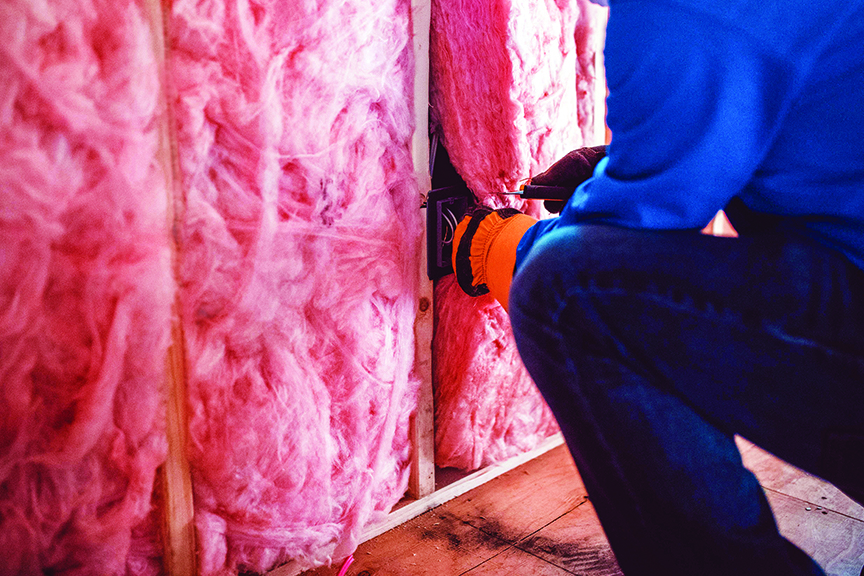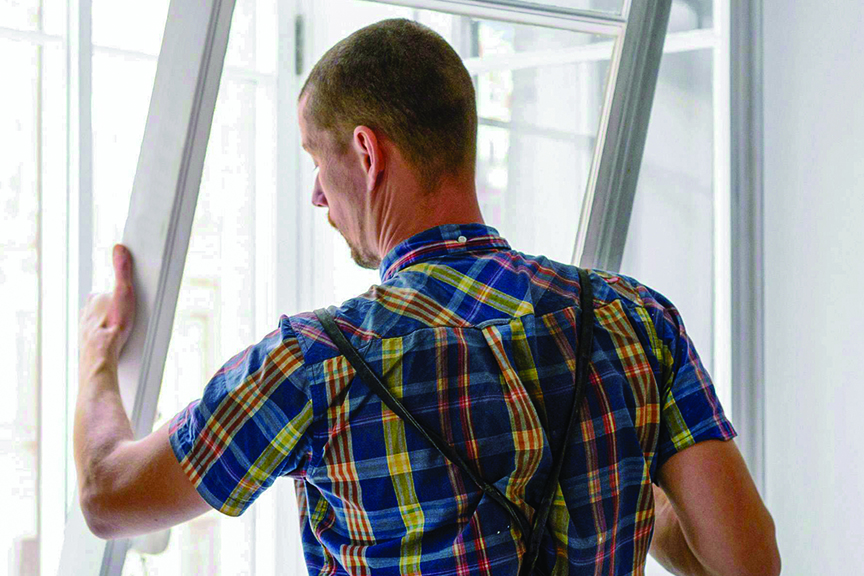Best bets for efficiency projects and upgrades
October 2025

If you’re looking for the most bang for your buck, calculate the ROI of adding insulation and air sealing your home.
by Miranda Boutelle, Contributing Columnist
Q: How do I calculate the return on investment when considering home upgrades?
A: For many people, their home is the biggest investment and the largest purchase they make in their lives. Energy efficiency upgrades are potential investments that can save money by reducing the energy used in your home and pay for themselves over time.
Using return on investment is a common method to determine the benefit of an upgrade. It measures the gain or loss of an investment relative to the cost.
ROI is calculated by dividing the net profit — the total cost of the investment subtracted from total revenue generated — by the cost of the investment and multiplying by 100 to find the ROI percentage. The higher the percentage, the better the investment.
If you take out a loan, home equity line of credit or use a credit card, add the borrowed money and interest rate into the investment cost.
Let’s put the calculation to work on a few home project examples. Keep in mind, the numbers used below are hypothetical. Prices will vary based on the scale of your project and the cost of labor and materials in your area.
INSULATION AND AIR SEALING
Adding insulation and air sealing your home are two of the most cost-effective home improvement projects that can save money year-round by reducing the energy needed from your heating and cooling systems. The U.S. Environmental Protection Agency estimates that air sealing and insulation can save an average of 15% on heating and cooling costs or an average of 11% on total energy costs. Attics, walls, rim joists or floors over crawlspaces should be insulated. The ROI will vary based on your location, existing insulation levels and project cost.
Let’s say you spend $3,000 to insulate your home, saving $330 per year for the next 20 years. Your net profit is $3,600. Then, divide the net profit by the total cost of the investment, $3,000, and multiply it by 100. That’s an ROI of 120%.

Factor in the difference in efficiency of new windows and existing windows before scheduling an installation.
NEW WINDOWS
The energy efficiency impact of new windows in your home depends on the difference in efficiency between the new and existing windows. You will see the most improvement when you go from the least efficient — single pane with no storm windows — to the most efficient new windows. The exact ROI for your home will also depend on your location, energy costs and the efficiency of your heating and cooling systems.
The EPA estimates upgrading single-pane windows to Energy Star-rated windows can save about 12% of your annual energy use. If you replace your existing windows for $5,000, you’d save $360 per year for the next 20 years. The ROI is 44%.
Windows and insulation upgrades have the added benefit of making your home quieter and more comfortable. They can also add value if you sell your home.
Most of us have limited funds for investing in our homes. Compare costs and potential savings to make the best decisions for your home and your bank account.
Miranda Boutelle writes on energy efficiency topics for the National Rural Electric Cooperative Association.
